Brinc Drones has unveiled its innovative mobile Drone as First Responder (DFR) system, taking their emergency response capabilities on the road across multiple states. The company has outfitted a specialized vehicle to demonstrate their robotic charging nest technology, bringing drone-enabled emergency response to public safety agencies across America.
Mobile Launch System Hits the Road
The mobile DFR unit features the BRINC Station, a sophisticated robotic charging nest mounted on the back of an emergency response truck. This system combines BRINC Connect’s redundant mesh networking communications with Starlink satellite internet connectivity, enabling drone operations from virtually any location.

“BRINC’s 911 drone response system has gone, well, mobile,” states the company announcement, highlighting their expansion plans that initially target Texas, Louisiana, Tennessee, and Kentucky, with California and Arizona to follow.
Advanced Technology Integration
The mobile system’s key features include:
- BRINC Station automated charging system
- BRINC Connect mesh networking
- Starlink satellite internet integration
- Responder drone capabilities
- Mobile launch and recovery platform
Nationwide Coverage Initiative
The initiative addresses the vast scale of emergency response needs across the United States, with BRINC specifically noting America’s “3,809,525 square miles” of territory to cover. This mobile solution aims to provide public safety agencies with emergency response capabilities regardless of their location.

Live Demonstrations Available
BRINC is actively offering live demonstrations of their mobile DFR system to public safety agencies in Texas, Louisiana, Tennessee, Kentucky, California, and Arizona. Interested agencies can reach out to BRINC directly through their website to schedule a demonstration.
DroneXL’s Take
The deployment of mobile DFR systems represents a significant advancement in first responder drone operations. By combining advanced drone technology with mobile capabilities, BRINC is addressing a crucial need for flexible, rapid deployment of aerial assets in emergency situations. This development could particularly impact BVLOS operations for public safety agencies, enabling wider coverage areas and faster response times.
What are your thoughts on mobile drone response systems for emergency services? Share your perspective in the comments below.
Discover more from DroneXL.co
Subscribe to get the latest posts sent to your email.
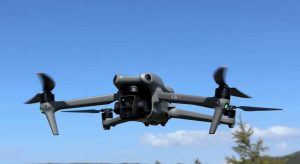
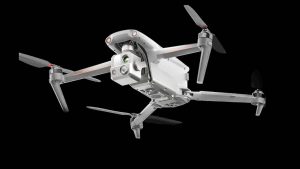


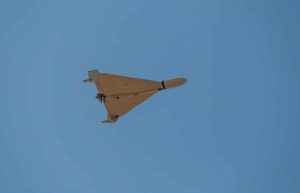
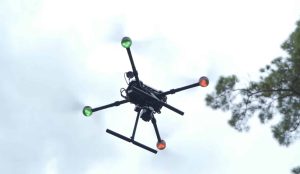
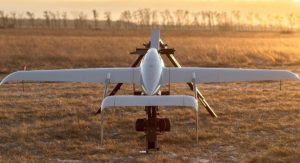
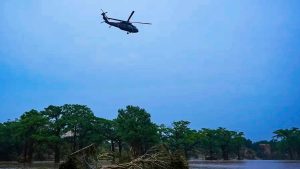

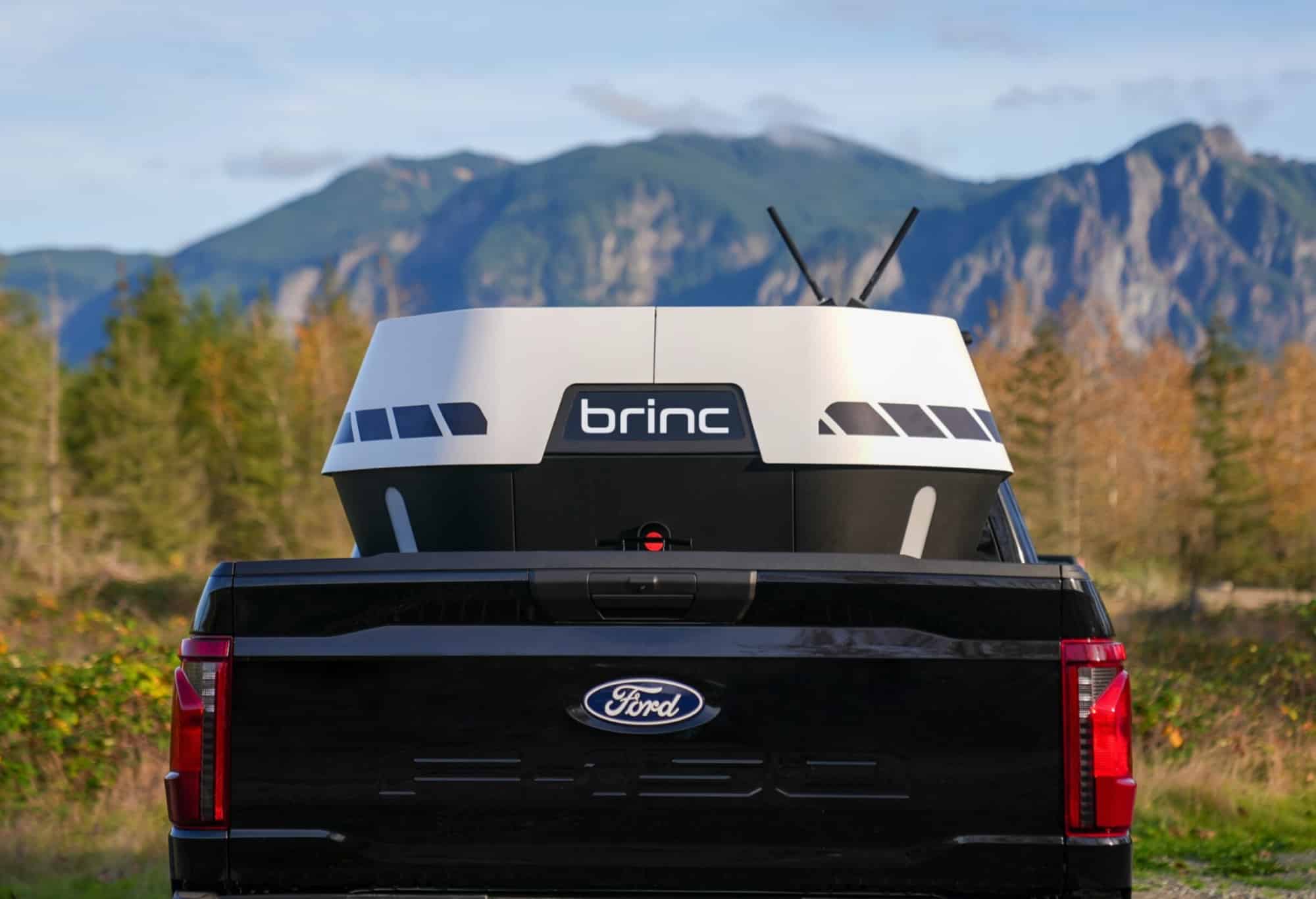
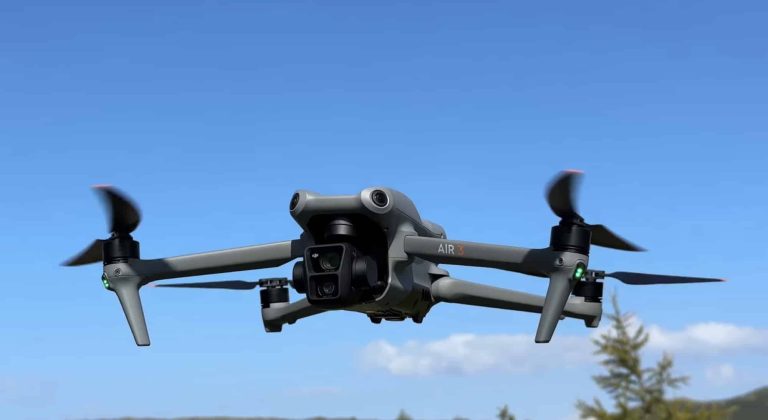
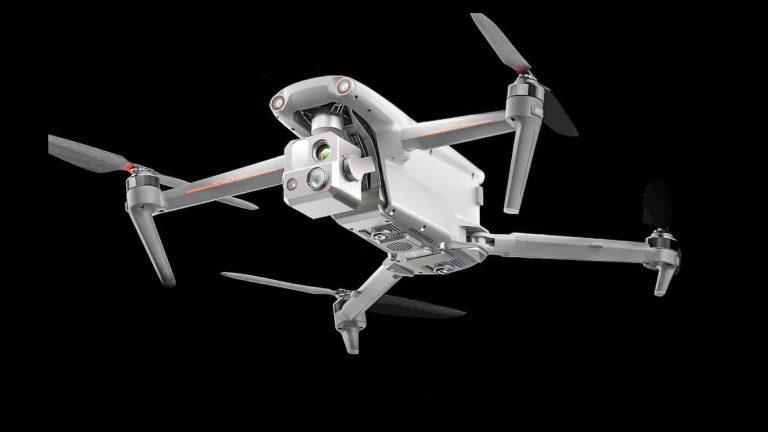
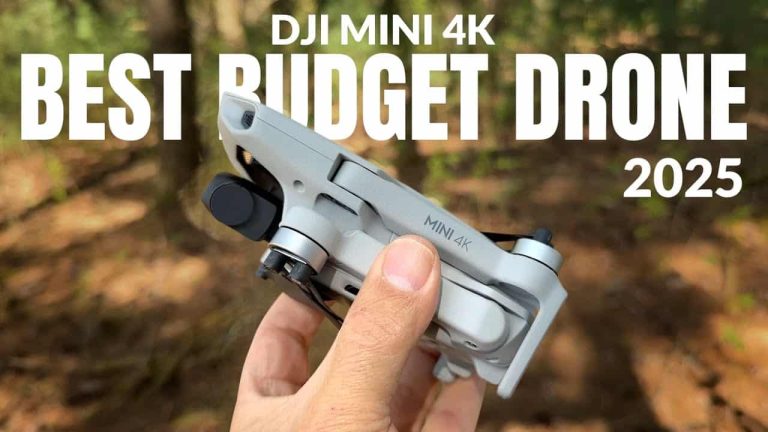
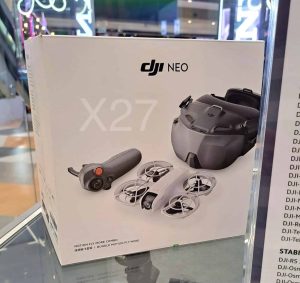

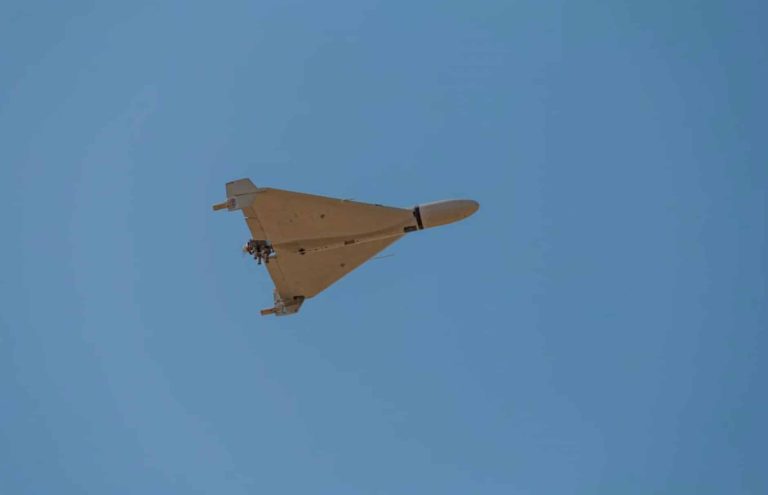
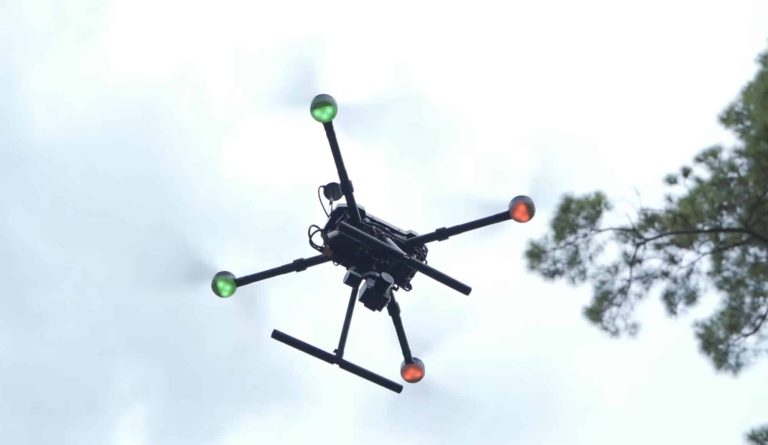
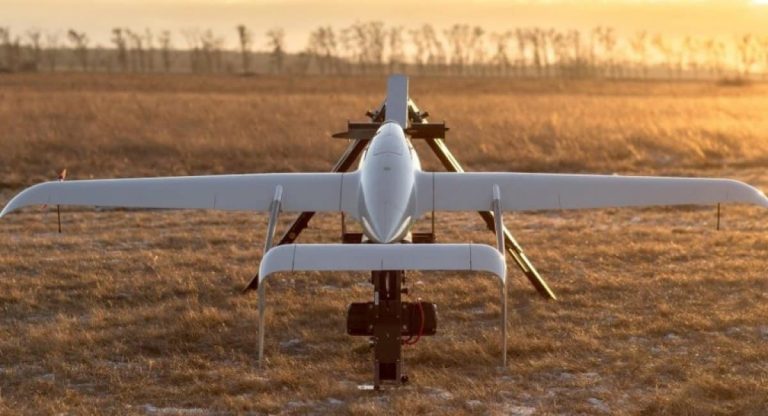
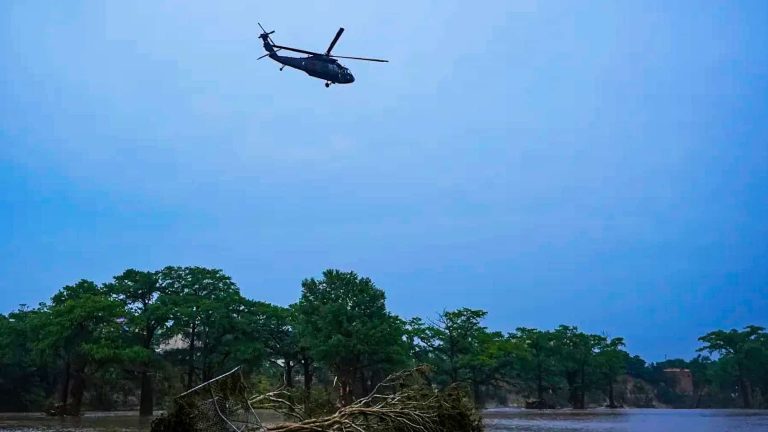
+ There are no comments
Add yours